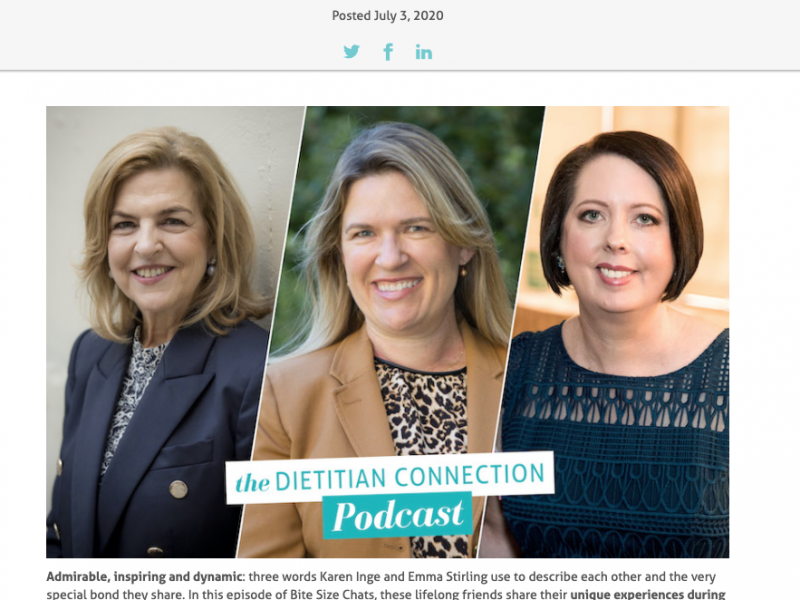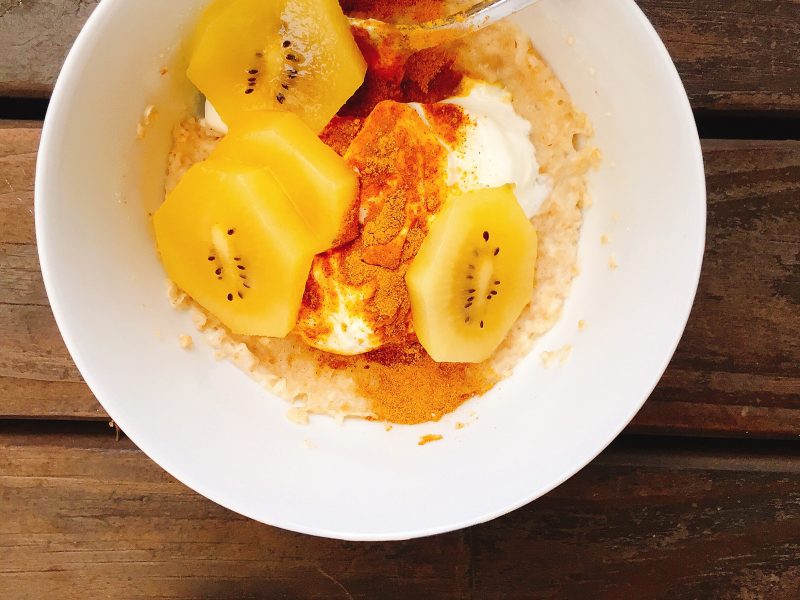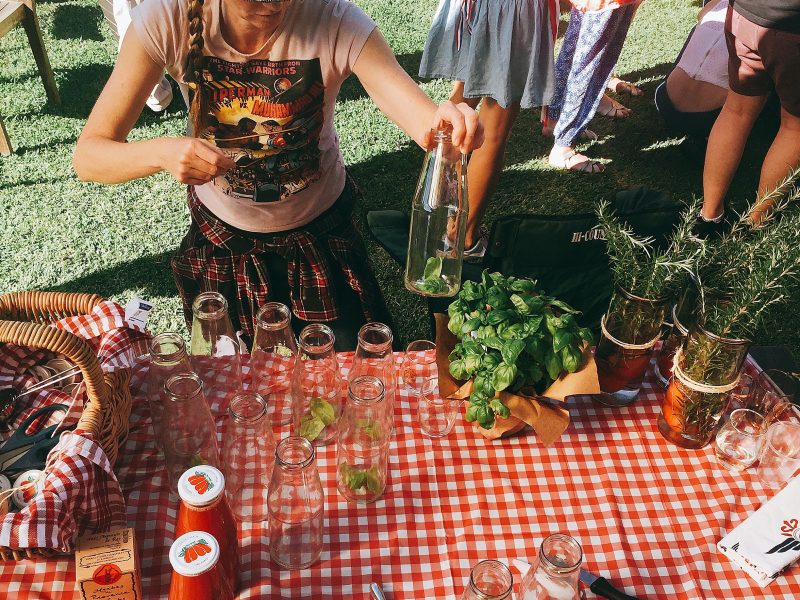No bees, no life. The mantra embossed on the front of the Wyszynski’s family’s photo album sums it up completely. And that’s exactly what I need to share with you. Right now. The vital learning’s from today’s divine Melbourne Kinfolk Honey Harvest in partnership with Blog Society. And it starts and ends with an urban back lane like this.

No bees, no life
So baby you and me, get that it’s honey from the bee. And most of us love this natural sweetener on our morning porridge. But it’s important to realise that bees are the great pollinators vital for the continuation of our backyard lemons right through to major agricultural produce. No bees. No plant food. No life. And over a glass of stunning Cake Wines Shiraz at their popup store we listened in awe to an amazing family business keeping one man’s lifetime, apiarist expertise alive – Maya Sunny Honey. With a thick, Polish accent and great passion Andrew Wyszynski talked to us about the life of bees and why Australia is the perfect place to produce world class honey. And then we tasted different organic, 100% raw Maya Sunny Honeys. And were swept away to Mudgee on the floral notes of their native bushland farm. Joanna then described how her father has developed a unique system where bees fly into glass jars nesting upended on top of the hive and produce honeycomb dripping honey, right in the pot. Driven originally by a desire for show and tell honey production, they’re now experiencing huge demand for this “untouched” product you can see below.

Did you know? Bees gather nectar and pollen on their distinct, but local flight path to bring back to the hive. A strong hive contains a Queen, a few hundred male drones and 40,000 plus female workers. Nectar is then concentrated by house bees which regurgitate the honey several times, mixing it with enzymes and evaporating the water. The honey is then deposited on the honeycomb matrix made by waxy secretions from young worker bees. This ripening process can take several weeks and is why honey has a huge variety of different phenolic antioxidant compounds, amino acids, enzymes and sugar molecules. In peak season one hive can produce up to 8kilograms of honey per day. And that’s just a few of the facts shared by super passionate Melbourne couple Matt and Vanessa from Melbourne City Rooftop Honey who now co-ordinate at least 70 hives in our city and surrounds.

So what can you do to help save the bees?
1. Pop over to Melbourne City Rooftop Honey and read about how you can sponsor a hive, or simply grow the right bee friendly plants in your garden and say no to pesticides.
2. Contact Matt and Vanessa if you know of a pesky swarm in Melbourne that needs rehoming – they will suit up like martians and fly in to save the day.
3. Buy beautiful boutique honey like Maya Sunny Honey at Thomas Dux or Melbourne City Rooftop Honey online – my first pot nearly 3 years ago “labelled Heidelberg” just happened to be from Vanessa’s personal hive at home. But we are anxiously awaiting the spring season and the new Federation Square hives for prime real estate, upmarket city honey.
4. And if you have a rooftop in your neck of the hood or down a street art emblazoned back lane, stop and think about keeping your very own hive. You have no idea how much impact this makes on keeping our precious food supply alive.
Thanks to the gorgeous Heidi from Apples Under my Bed for being my foodie partner in crime, yet again. And the equally stunning person that is Jaclyn Carlson founder of Blog Society for such a visually stunning educational event, along with Kinfolk mag of course. Lovely to meet Kitty from kittybaroque. And oh Cake Wines, the cheese, wine and honey pairings were divine.


